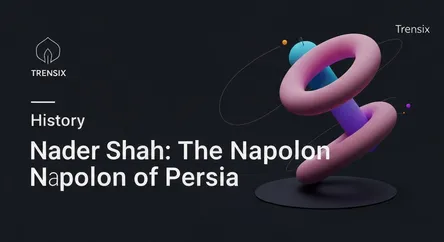History
Nader Shah: The Napoleon of Persia

Discover Nader Shah, the 18th-century ruler who reunited Persia, conquered Delhi, and became one of history's most brilliant military commanders.
What is it?
Nader Shah (r. 1736-1747) was the founder of Iran's Afsharid dynasty and is regarded as one of history's most formidable military leaders, often compared to Napoleon and Alexander the Great. He rose from a humble background within the Turkoman Afshar tribe during a period of chaos when Persia was occupied by Afghan, Ottoman, and Russian forces. Through masterful military strategy, he expelled these invaders, reunited the nation, and had himself crowned Shah in 1736. His empire briefly became the most powerful in the region, with domains stretching into India and Central Asia.
Why is it trending?
Nader Shah remains a compelling historical figure for his dramatic rise from obscurity and his complex legacy. Often called "the last great Asiatic military conqueror," his ambition was modeled on historical figures like Timur. His most legendary campaign was the 1739 invasion of India, where he defeated a much larger Mughal army and sacked Delhi, carrying away immense treasures including the famous Peacock Throne and the Koh-i-Noor diamond. The duality of his reign—celebrated for restoring Persian sovereignty but infamous for his later tyranny and cruelty—makes him a fascinating subject of historical debate.
How does it affect people?
Nader Shah's impact was monumental. For Iranians, he is a national hero who restored the country's integrity and independence from foreign rule. However, his people paid a heavy price, as his endless campaigns were funded by crushing taxes and his rule grew increasingly despotic and brutal before his assassination in 1747. Beyond Persia, his invasion decisively weakened the Mughal Empire in India, which some historians believe created a power vacuum that ultimately aided the expansion of the British East India Company.